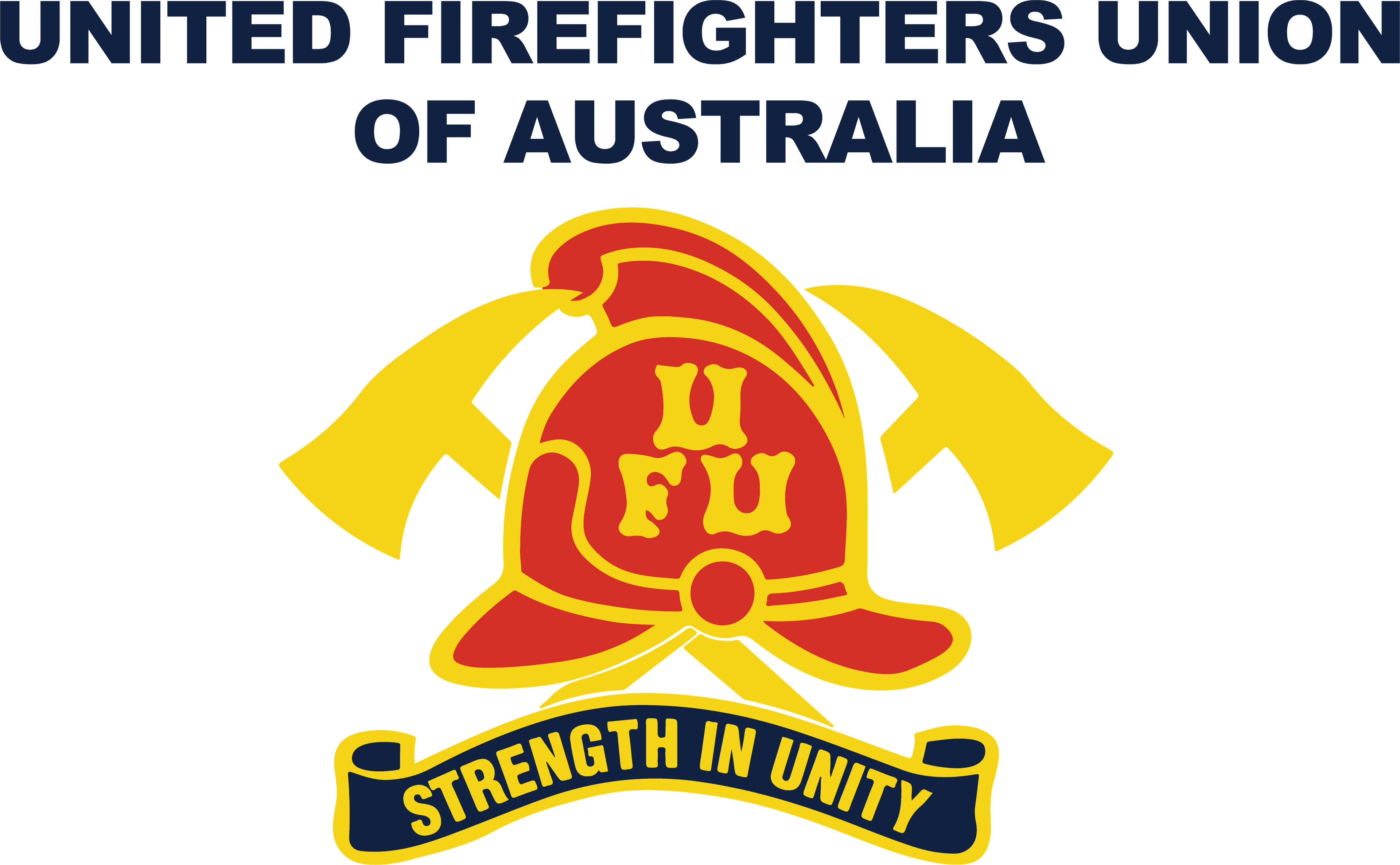
Workforce Overview
Fire and Emergency Services organisations are much more than response agencies ─ they provide risk mitigation and practical information to governments, communities, and businesses to support community resilience and minimise potential exposure to harm.
The Fire and Emergency Services industry-sector includes:
- Firefighting
- State Emergency Servies (SES)
- Forest and Land Management
- Surf Lifesaving
- Air Services.
Their main jobs are to save lives, protect property, conserve the environment in disasters and provide essential services during emergencies such as floods, storms and earthquakes.
Organisations within this industry-sector have key responsibilities that align to the Emergency Management Continuum.
The Fire and Emergency Services industry-sector creates safer and more resilient communities. It achieves this by minimising the impact of emergencies by providing responses as well as supporting communities in understanding risk, developing plans and delivering warnings.
Workforce Megatrends
In 2024, Public Skills Australia identified nine megatrends impacting across the Fire and Emergency Services industries. A brief overview of the key findings from 2024 are detailed below

Identified Challenges
Volunteer workforce
Barriers impacting on youth engagement and youth retention in volunteering, and limited leadership training opportunities for volunteers that focuses on the development of relevant skills when working with unpaid volunteers in an emergency context.
Technology
Modern urban infrastructure, coupled with new fire and emergency response technology, requires review or development of training products.

Strategy
Volunteer Leadership Project
Review of previous and current volunteer leadership programs to address capability and/or capacity gaps.
Understanding the Youth Volunteer
Literature review on youth volunteering in partnership with volunteer organisations.
Complex Infrastructure Project
Engage with career firefighting organisations to determine infrastructure training gaps in the Public Safety Training Package and develop new training products or adjust existing ones.
Emerging Technologies Project
Analysis of existing technological and infrastructure adjacent products and development of training products to support contemporary skills requirements to work with new and emerging technologies.
Fire and Emergency Services Training Package
This training package is applicable for the following emergency agencies.
- Emergency Management
- Fire
- Land Management
- Surf Lifesaving
- Emergency Services
- Maritime Safety
Public Skills Australia works with the Australasian Fire and Emergency Services Authorities Council (AFAC) to ensure review and keep the PAU Public Safety Training Package up to date.
As a Jobs and Skills Council, Public Skills Australia plays an important role in maintaining this training package.
Click here to learn more about the PUA Public Safety Training Package.

Existing Industry Strategies
Government Initiatives
References
PAU Training Package enrolment reference: National Centre for Vocational Education Research (NCVER), Total VET students and courses 2022: DataBuilder [data set], 2023, ncver.edu.au, accessed 15 January 2024.
Existing workforce strategies
Australasian Fire and Emergency Service Authorities Council (AFAC), AFAC Strategic Directions for Fire and Emergency Services 2022─2026, AFAC, 2021.
AFAC, AFAC Strategic Plan 2023─2027, AFAC, 2023.
Champions of Change Coalition – Fire and Emergency Group, 2022 Progress Report, Champions of Change Coalition – Fire and Emergency Group, 2022.
Volunteering Australia, National Strategy for Volunteering 2023─2033, 2022.
Disclaimer
This data have been collected through consultation with industry-sector representatives as part of the Workforce Plan 2025: Fire and Emergency Services. These figures represent a snapshot in time and are subject to change. Public Skills Australia Limited has made every effort to ensure that the information and data contained in this report are accurate, up to date and have been sourced appropriately. Our organisation will update these figures annually as part of its Workforce Planning function.
Images provided courtesy of Fire Rescue Victoria. FRV images are used with permission and should not be reproduced without permission from the organisation.

